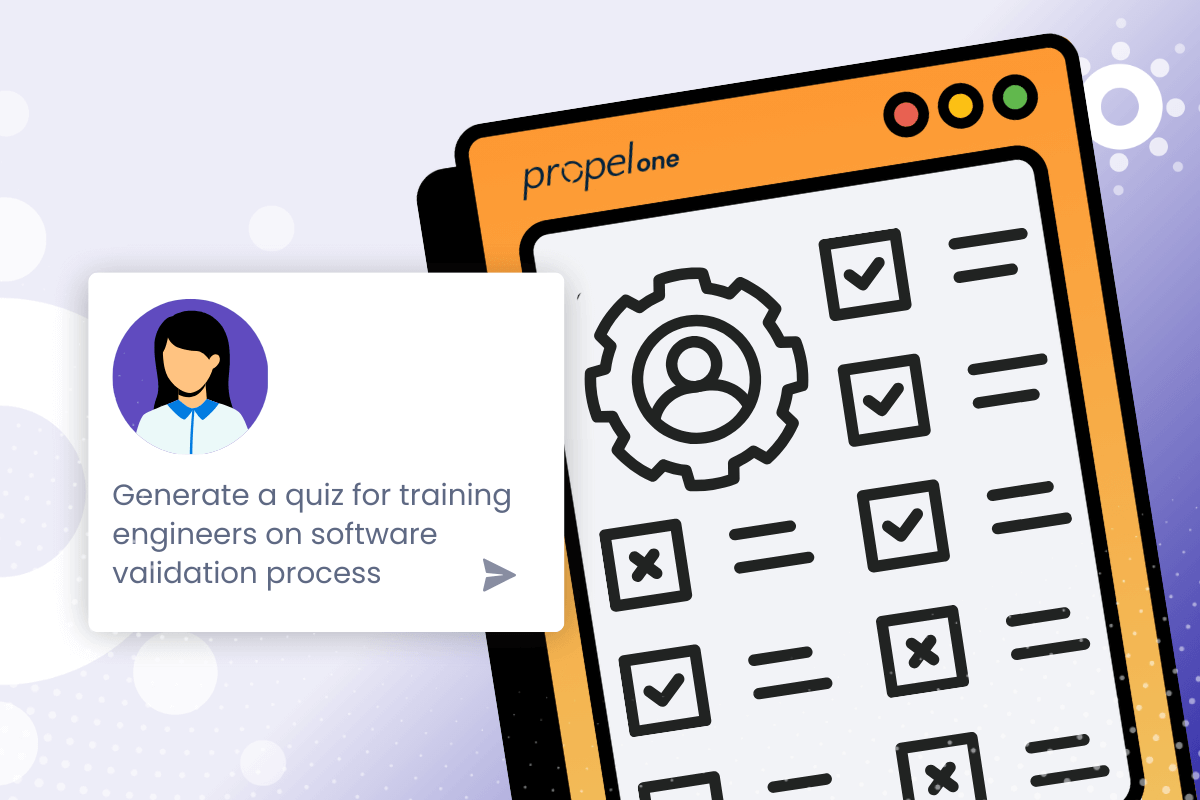Generative AI is transforming the way enterprises interact with their data, unlocking new possibilities for insight and automation.Â
Organizations looking to adopt GenAI solutions typically face two choices: using an out-of-the-box solution like Salesforce Agentforce or building a custom Retrieval Augmented Generation (RAG) system from scratch.Â
For Salesforce-based teams, Agentforce offers a faster path to value, with built-in security, scalability, and seamless integration, compared to a DIY RAG approach.
Understanding the Two Approaches
Agentforce is a Salesforce-native GenAI assistant framework that leverages Data Cloud and Einstein to bring powerful AI capabilities directly into your Salesforce environment.Â
In contrast, a DIY RAG solution requires assembling and maintaining a custom stack of tools—vector stores, LLM APIs, document pipelines, and UI components—all of which need to be designed, built, and integrated by your engineering team.
The Hidden Cost of DIY RAG
At first glance, building your own RAG solution can seem very appealing. It offers the flexibility to use any model or data source, allowing for tailored customizations specific to your unique business needs. There is also strong momentum in the developer community around open-source tooling for GenAI, which can make DIY solutions an exciting proposition for technical teams eager to innovate.
However, the reality of maintaining a DIY RAG solution is far more complex than it appears.Â
Your team would need to build and manage an intricate infrastructure to ingest, chunk, embed, store, retrieve, and prompt data — work that can be time-consuming and hard to scale.
This brings significant engineering overhead, including latency tuning, retries, observability, and failover mechanisms. Moreover, ensuring enterprise-grade security and compliance adds further complexity, with a need for rigorous audit trails, role-based access controls, and field-level security.Â
Finally, there is the ongoing maintenance burden: keeping pace with API changes, addressing data drift, and fixing broken integrations will consume substantial engineering resources.
Is your business prepared to enable GenAI across the company? Check out Propel’s to get started.
Agentforce Advantages
1. Native Data Access
Agentforce offers built-in integration with Salesforce objects and permissions, eliminating the need to replicate or index data externally. This ensures that your GenAI solutions are always working with the most current and accurate information.
2. Trusted Security and Compliance
Agentforce respects and enforces existing Salesforce user permissions, including field-level security, organization-wide defaults, and record-level access controls. Additionally, it provides enterprise-grade logging, auditing, and to support compliance with regulatory requirements.
3. Faster Time to Value
With Agentforce, there’s no need to build complex plumbing. Prebuilt agents, user interfaces, and orchestration tools are ready to go. Declarative configuration allows admins and business users to tailor AI capabilities quickly and easily, dramatically shortening time to value.
4. Scalable and Maintainable
Agentforce handles all the heavy lifting related to updates, versioning, and model management behind the scenes. There is no need for your team to manage external vector databases or LLM hosting, freeing up valuable resources.
5. Incorporating Structured and Unstructured Data
One of Agentforce’s is its ability to source both structured data (Salesforce objects) and unstructured data (documents, PDFs, emails) into Salesforce Data Cloud. This enables rich, context-aware AI responses by seamlessly combining both data types in RAG workflows.
6. Alignment with Salesforce Roadmap
Agentforce is designed to evolve alongside Salesforce’s broader roadmap. With ongoing enhancements to Einstein, Slack/Flow integrations, and ecosystem support, Agentforce ensures your AI investments remain future-proof.
Conclusion
There are some scenarios where a DIY RAG solution might be warranted, such as extreme customization requirements, cutting-edge R&D, academic experimentation, or use cases that span non-Salesforce data sources.Â
But the real-world tradeoffs between these approaches are clear.Â
Agentforce maximizes ROI by reducing integration time and ongoing maintenance, while DIY RAG comes with significant complexity and ongoing cost.Â
For most Salesforce customers, Agentforce provides the most pragmatic, enterprise-ready path to harnessing the power of GenAI.
That’s exactly why we built on Agentforce—to bring structured and unstructured data together in one trusted environment, accelerate deployment with prebuilt agents, and keep your AI solutions aligned with Salesforce’s evolving roadmap.Â
With enterprise-grade security, fast time to value, and seamless integration across your workflows, Propel One turns GenAI from a concept into real-world productivity.














